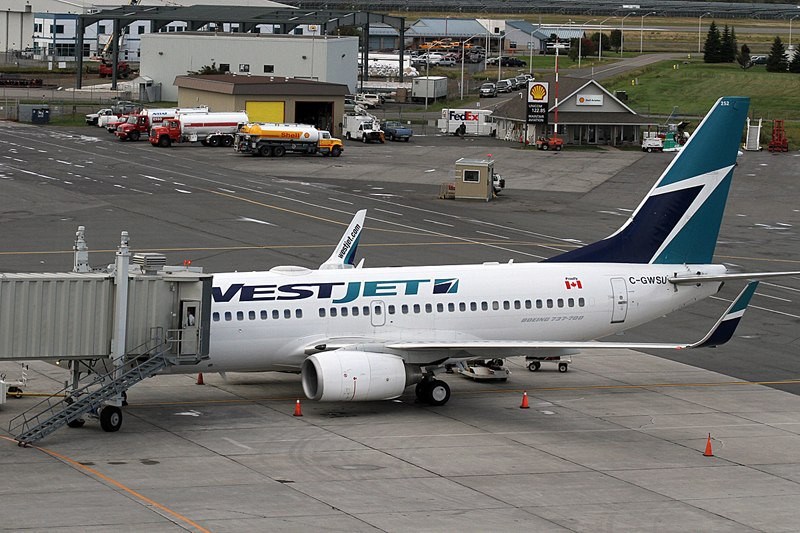When Thunder Bay International Airport’s new terminal opened 20 years ago it was state-of-the art and the newest facility in Canada.
Today, two decades later, it’s among the oldest major airports in the country, but it still provides a great first and lasting impression for visitors to the city said Scott McFadden, president and CEO of the Thunder Bay International Airports Authority on Thursday, the anniversary of the move to the new terminal in 1994.
Built at three times the size of the existing facility, but using just one-third the energy, the new facility was built to save money, but also to modernize equipment and provide an aesthetically more pleasing environment for travelers.
The cost to construct was about $17 million at the time, although that only includes the building itself, and not other amenities added at the time.
McFadden said it’s served the city well.
“We have consistently made modifications and upgrades. We’ve managed to squeeze out more operational space from the original footprint of the building. The original building was more or less designed to accommodate two domestic carriers,” McFadden said.
That changed five years ago, when Porter Airlines decided daily routes to Thunder Bay fit its business plan.
Over the years the airport, which is still seeking a direct route to the United States, has also hosted regular routes from Delta and United Airlines, not to mention regional carriers including Bearskin Airlines, and charters to southern destinations each winter.
“We’ve had as many as five carriers operating out of the terminal at one time,” McFadden said. “Of course we added a third passenger loading bridge a few years ago. We just completed last year a $3.5 million expansion to the parking lot.”
The economic impact of the airport to Thunder Bay has been huge, in part from the increased passenger volumes.
In 1994 about 456,000 people flew out of the terminal. By 2013 that number had grown to 780,000, a 71 per cent increase.
According the figures supplied by the Airport Authority, in the late 1990s the economic impact of the airport was about $156 million annually. Three years ago the estimate had more than tripled, to $569 million, while employment grew from 1,548 full-time equivalent jobs to 4,968 with direct or indirect ties to the facility.
The airport has also grown as a commercial entity over the past 20 years, adding a cluster that’s home to Confederation College’s Aviation Centre of Excellence, ORNGE, Pilatus Centre of Canada, Landale Gardens and Tim Hortons.
As for the future, McFadden said there’s plenty to look forward to in the years ahead.
In addition to finding a direct route into the U.S., the building will need upgrades to keep it on par with other airports across the nation.
“Our master plan, Sunset 2020, heading to the next five to 10 years, we’ll be looking at both architectural and capacity upgrades to ensure that the building continues to represent the community and region well,” he said.
